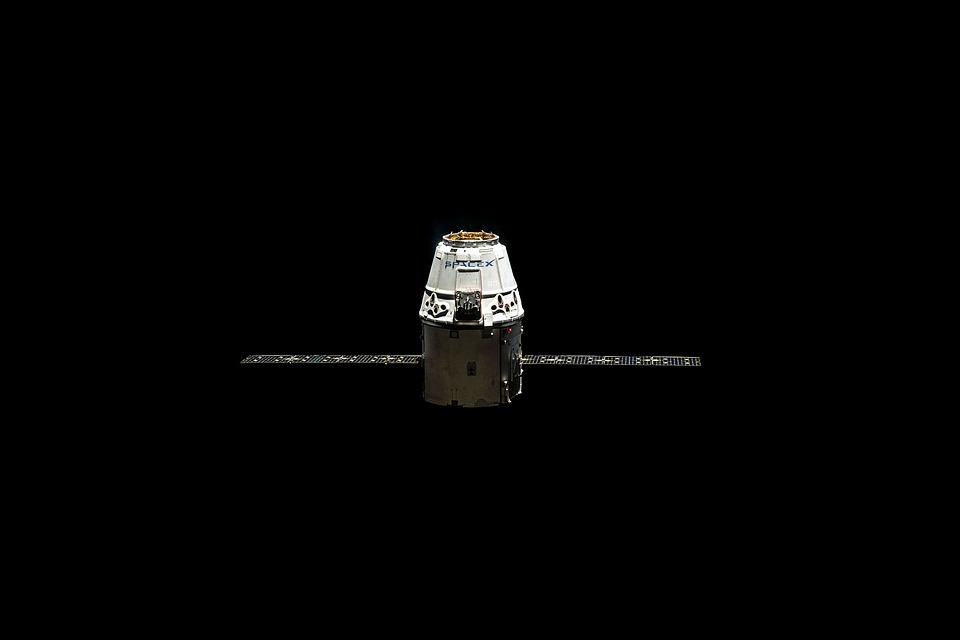As humanity pushes the boundaries of space exploration, innovative technologies are revolutionizing how we travel beyond our planet. One of the most promising advancements on the horizon is the solar sail—a propulsion method that harnesses the energy of sunlight to propel spacecraft through the cosmos. This breakthrough technology promises to usher in a new era of deep space travel, offering unprecedented efficiency and possibilities.
Understanding Solar Sails
Solar sails operate on a simple yet profound principle: they capture photons, the basic units of light, using large, reflective surfaces. When photons strike the sail, they impart momentum, propelling the spacecraft forward. Unlike traditional propulsion systems that rely on fuel combustion, solar sails use the sun’s energy, allowing for virtually limitless travel as long as sunlight is available.
How Solar Sails Work
-
Design: Solar sails are typically made of lightweight, durable materials that can reflect sunlight effectively. The most common materials include specialized polymers and metals, often arranged in a large, thin, kite-like structure.
-
Deployment: Once in space, a solar sail expands to its full size, often reaching tens or even hundreds of square meters. The larger the surface area, the more photons can be captured, resulting in greater acceleration.
- Navigation and Control: By adjusting the angle of the sail relative to the sun, spacecraft can change their trajectory. This maneuverability allows for complex course corrections, enabling missions to reach distant celestial bodies.
Advantages of Solar Sails
-
Fuel Efficiency: One of the most significant benefits of solar sails is their fuel efficiency. With traditional rocket propulsion, fuel limits the distance and duration of missions. Solar sails eliminate this barrier, potentially enabling multi-year missions to far-off planets, asteroids, or even interstellar space.
-
Continuous Acceleration: Unlike conventional rockets that provide thrust for a limited time, solar sails can accelerate continuously, gaining speed as they travel. This characteristic allows spacecraft to reach higher velocities over long distances, reducing travel time to destinations like Mars or beyond.
- Reduced Weight and Cost: The lightweight design of solar sails significantly reduces the mass of a spacecraft, lowering launch costs and simplifying engineering challenges. This opens the door to more ambitious missions that were previously deemed too costly or complex.
Current and Upcoming Missions
Several missions are already underway or planned to explore the potential of solar sails:
-
IKAROS: Launched by the Japan Aerospace Exploration Agency (JAXA) in 2010, IKAROS was the first spacecraft to successfully demonstrate solar sail technology in interplanetary space. It provided invaluable data and set the stage for future solar sail missions.
-
LightSail 2: Developed by The Planetary Society, this experimental spacecraft successfully demonstrated controlled flight using solar sails in 2019. The mission conducted tests that confirmed the viability of solar propulsion for long-duration missions.
- Near-Earth Asteroid Scout (NEA Scout): Planned by NASA, NEA Scout will use a solar sail to explore near-Earth asteroids. Slated for a future launch, it represents another step towards utilizing this technology for scientific discovery.
The Future of Solar Sails
As researchers continue to refine solar sail technology, the potential applications are limitless. Future missions could include:
-
Interstellar Travel: With advancements in materials and design, solar sails could enable missions to reach the nearest star systems, such as Proxima Centauri, within a human lifetime.
-
Planetary Defense: Solar sails could be deployed to deflect asteroids or other space debris that pose a threat to Earth, providing a proactive approach to planetary defense.
- Exploring the Outer Solar System: Missions to the gas giants, their moons, and the Kuiper Belt could become more feasible, enhancing our understanding of the solar system’s formation and evolution.
Conclusion
Solar sails are poised to transform deep space travel, offering a sustainable, efficient, and innovative mode of propulsion. As humanity embarks on its quest to explore the universe, harnessing the power of sunlight may not only change how we travel but also expand our understanding of the cosmos. With ongoing research and upcoming missions, solar sails may soon propel us into a new age of exploration and discovery—where the stars are within our reach, and the mysteries of the universe beckon.

